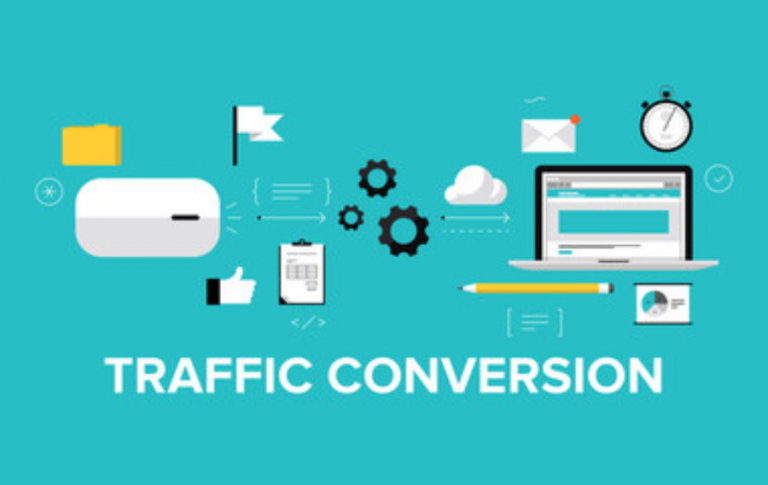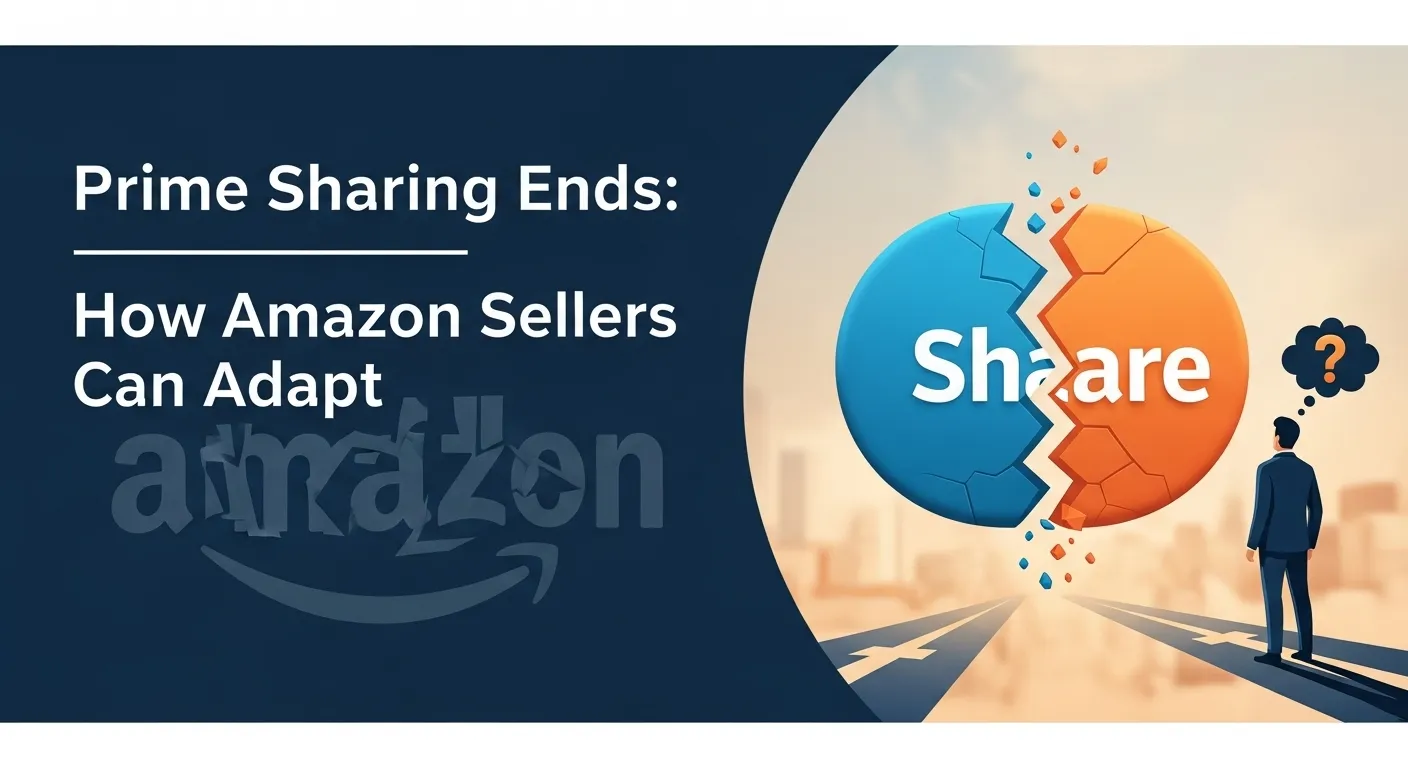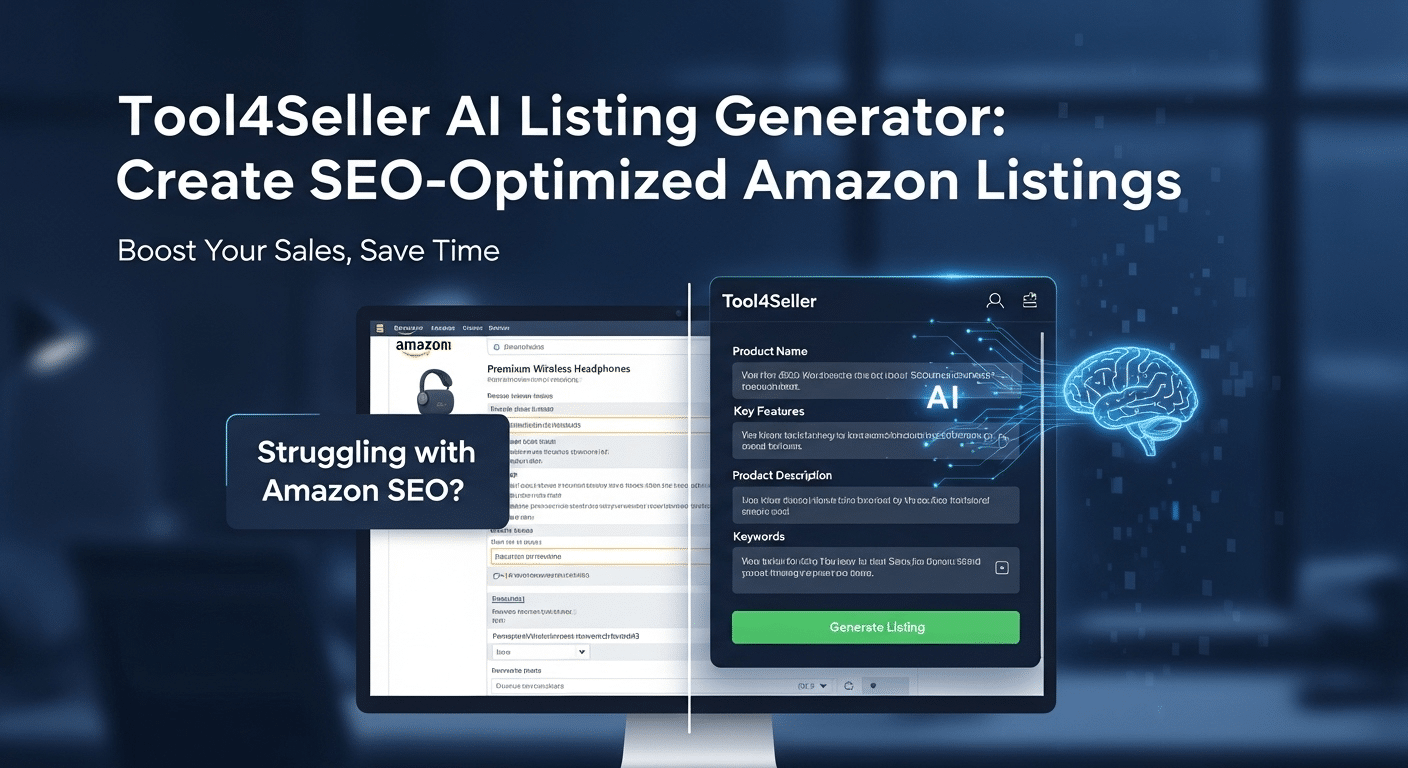Let Your Product Do the Talking 【Part one】

Copywriting can be found everywhere whenever you are shopping, riding the subway or taking a glance at a signboard or leaflet, let along in a much boarder network space.
However, it is important not to put an excess of graceful grammar, fancy phrases and beautiful sentences when copywriting. The point of getting rid of all skill showoffs is to get to your final goal straight: conversion. Customers don’t want flattery. You need to do more in arousing their feelings and emotions with more interests on products and more resonance with the experience.
You will know the conversion works when your emails are answered instead of leaving opened. That is, clients are getting interested in your products. Moreover, they are willing to email you for what they give up before for price issue. The new product is presented to them so well that they would like to give it a second thought.
In conclusion, Amazon sellers are selling with two key strategies: the pain points and the selling points. Where the clients’ pains are lays what we sell as highlights.
But you will find a lot of similar descriptions for the same kind of products on varied B2B and B2C platforms with an extremely high degree of homogenization.
Therefore, how to do copywriting and how to present good product descriptions remain an important topic we want to share with you. Product descriptions play as an essential role in selling besides title.
You will position your product before copywriting:
Who:Who are the target consumers? Do you have any basic statistics of the potential consumers? Do they share any commons, interests and so on?
What:What is your product? How big is it? Is there any functions, features, characteristics or competitive advantages? Is it unique?
Where:Where can customers use it? Can customers use it in any unique or funny way?
When:When can customer uses it? Is it a helpful tool in any particular time? Maybe for outdoor travels, specific seasons or normal life use?
Why:Why should customer choose you? Why should they buy or use your product? Does it make their life better? Does it help them solve any problems? Does it special or interesting in any way?
How:How to use your product?
By answering above questions, you will get a much clearer picture about your product and its target customers. Remember to stick to above answers when using storytelling to convey the emotions or conceptions to your customers.
Importance of Storytelling:
Tell me a fact and I’ll learn. Tell me the truth and I’ll believe. But tell me a story and it will live in my heart forever
It is said by Americans that tell me a fact and I’ll learn. Tell me the truth and I’ll believe. But tell me a story and it will live in my heart forever.
How to understand it? You can try with the following example.
When a boy “sells” himself to a girl:
With fact: I love you.
With truth: Love is so great.
With story: No matter how beautiful the spring is, you are a million times better.
When a vendor sells socks:
With fact: these socks are good and durable.
With truth: these socks keep your feet warm from cold and absorbent.
With story: foods to satisfy your stomach, socks to protect your feet.
Features tell,but benefits sell。
The key is features tell,but benefits sell.
About Tool4seller
A best-in-class Amazon seller tool that is specialized in sales& profits analytics, PPC optimization, keyword research, competitor tracking, instant alerts for listing hijacking, price changing, and inventory updates, etc.


